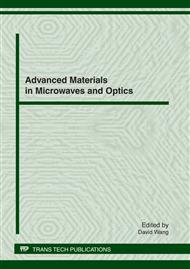p.283
p.287
p.291
p.297
p.301
p.311
p.317
p.325
p.330
Applying a Six Sigma MAIC Process to Improve the Quality of Lens Camera Production
Abstract:
The rapid development of technology has led to the increased embracing of portable consumer electronics, such as mobile phones, digital cameras, and notebook computers. The lens cameras installed in these electronics are indispensable, and the function and quality of lens cameras have gained increasing attention. This study examines the production processes of lens camera products, utilizing the production capacity indicator Cpm to develop an evaluation model. This approach seeks to determine the important product quality characteristic production processes that have a detrimental impact on lens camera product quality. This study then applies a Six Sigma MAIC product quality improvement process to analyze the reasons for poor product quality, utilizing the Taguchi experimental design to examine the optimal production parameters; this study attempts to control production process quality through applying controls to these parameters. Ultimately, this study attempts to utilize Six Sigma MAIC processes to continually improve the quality of lens camera production processes, helping companies to increase the quality of their lens camera products and improve their competitive positions.
Info:
Periodical:
Pages:
301-310
Citation:
Online since:
January 2012
Authors:
Price:
Сopyright:
© 2012 Trans Tech Publications Ltd. All Rights Reserved
Share:
Citation:


